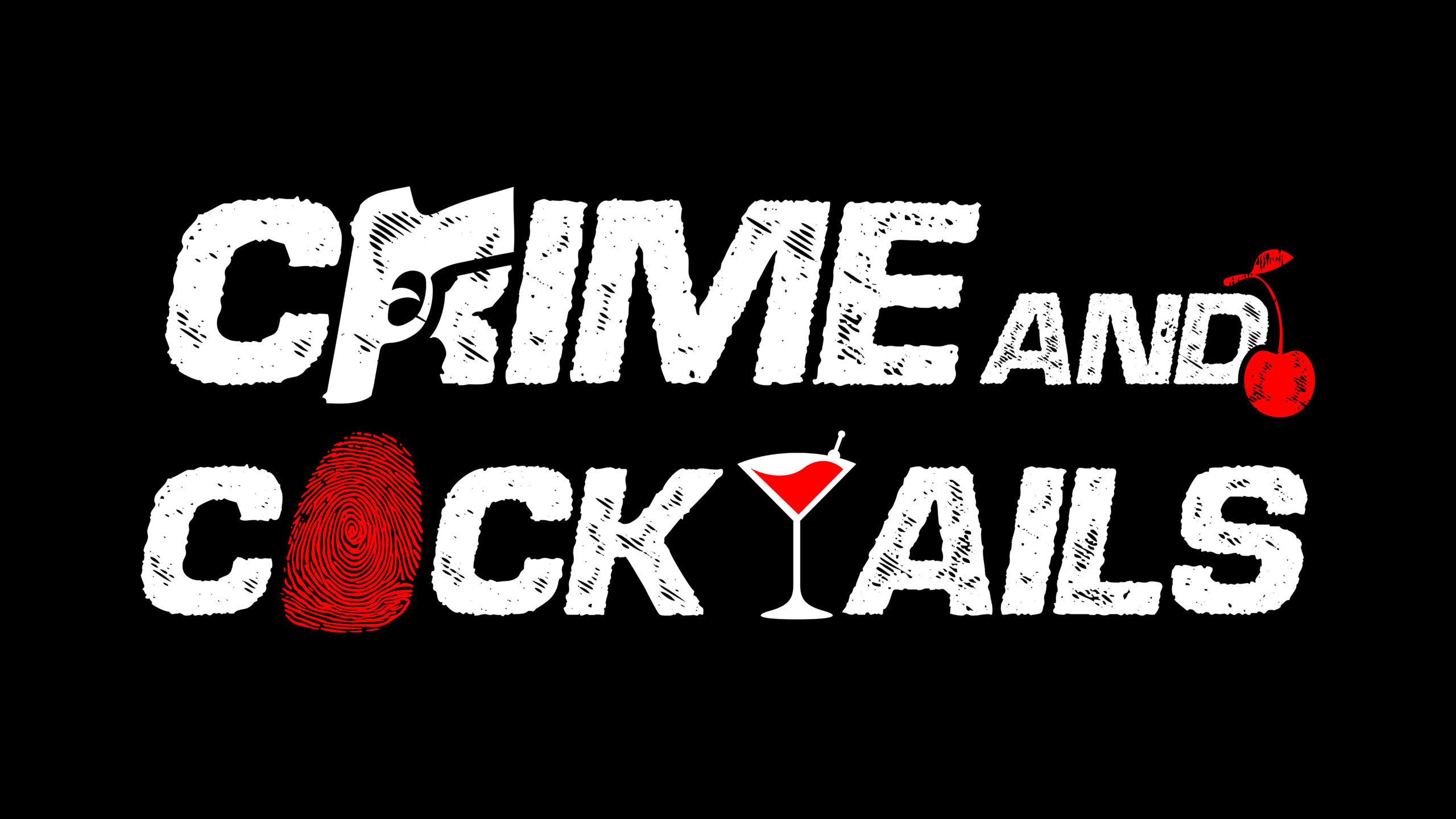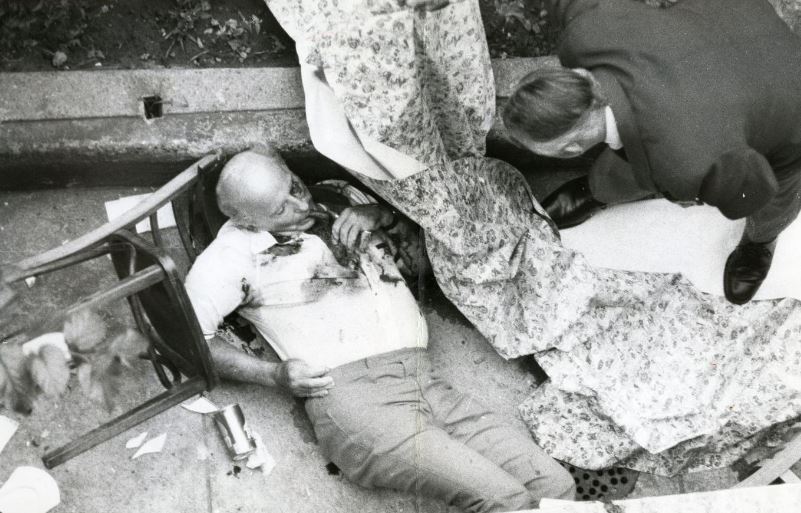In the shadowed corners of history, there is a brutal truth that repeats itself like a drumbeat: those who build their empires on blood and fear often find their own lives extinguished in the same fashion. Violence is a currency, and for those who trade in it, the ledger rarely closes with profit. The mobsters of the 20th century—men like Frankie Yale, Albert Anastasia, Carmine Galante, “Crazy” Joe Gallo, and Roy DeMeo—rose to power on intimidation, cruelty, and rhetoric that celebrated bloodshed. Yet each of them met an end that was violent, humiliating, and often more grotesque than the crimes they committed.
The lesson is timeless. Those who live by the code of violence, no matter how powerful they seem, are destined to be consumed by it.
Frankie Yale: The First Warning
Frankie Yale was one of the first mob bosses to prove that the life of a gangster was never secure. Yale, a Brooklyn crime boss of the Prohibition era, projected an aura of untouchable authority. He was flashy, brutal, and utterly committed to the business of power and liquor. His reputation for violence was legendary, and his willingness to act as a mentor to younger mobsters—most notably Al Capone—cemented his name in the annals of organized crime.
But violence is a double-edged sword. By the late 1920s, Yale had outlived his usefulness to Capone, who had built an empire in Chicago. Suspicions arose that Yale was skimming profits from shipments of bootleg liquor. Capone, the very man Yale had once guided, signed his death warrant.
On July 1, 1928, Yale was ambushed in Brooklyn. His car was riddled with bullets from a Thompson submachine gun—one of the first recorded uses of a “Tommy Gun” in New York City. His body slumped lifeless, his reign cut short by the same ruthless force he had used to ascend. The murder was a grim harbinger: loyalty meant nothing, and violence was the only real law.
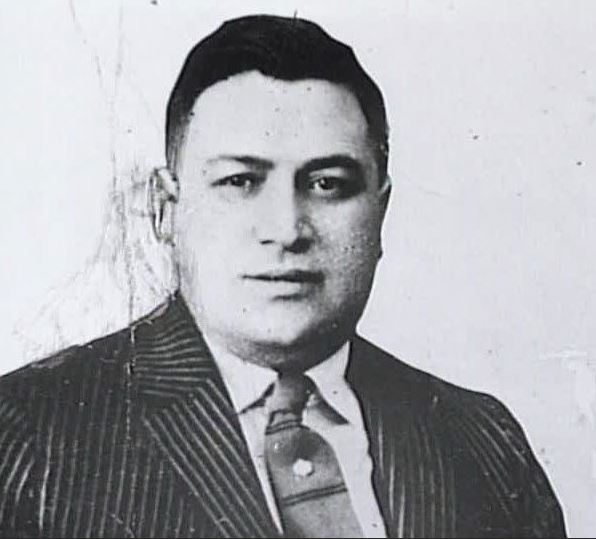
Albert Anastasia: The Mad Hatter Falls
Albert Anastasia embodied the myth and menace of mob violence more than almost any of his contemporaries. He was the co-founder of the infamous hit squad Murder, Inc., responsible for carrying out mob-ordered executions across the country. Anastasia’s name struck fear because he thrived in blood.
His rise was accompanied by rhetoric of control and terror. He was said to erupt in uncontrollable rages, earning the nickname “The Mad Hatter.” For Anastasia, violence wasn’t simply a tool—it was a language, a way of life.
But in October 1957, violence answered back. Anastasia sat in a barber’s chair at the Park Sheraton Hotel in Manhattan, relaxing in the middle of a shave. Suddenly, masked gunmen stormed in and opened fire. The barber froze in shock as Anastasia staggered to his feet, confused, swinging wildly at his own reflection in the mirror, mistaking it for his attackers. Bullets tore through his body until he collapsed in a pool of blood and lather.
The spectacle of his death was as theatrical as his life. The man who had orchestrated countless executions met his own end in a scene of chaos and humiliation.
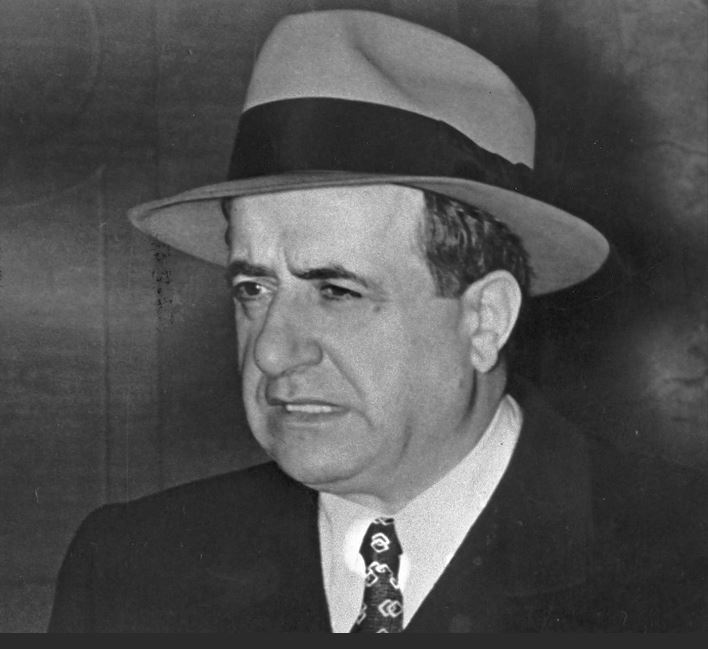
Carmine Galante: The Don Who Thought He Was Untouchable
Carmine Galante’s rise to power was accompanied by arrogance and sheer brutality. Galante, boss of the Bonanno crime family, was infamous for his appetite—both for food and for dominance. His associates often said he believed himself untouchable, a king above the law, above his rivals, even above the code of Cosa Nostra itself.
Galante’s rhetoric was steeped in violence. He was a man who saw fear as his greatest weapon, and he wielded it mercilessly. Yet his ambition was his undoing. The other families grew tired of his unchecked greed and power grabs.
On July 12, 1979, Galante sat down to lunch at Joe & Mary’s Italian-American Restaurant in Brooklyn. He smoked a cigar at the table, relaxed and confident. Suddenly, masked gunmen stormed the courtyard. Galante barely had time to react before bullets tore into him. He slumped back in his chair, his cigar still dangling from his mouth as blood soaked his clothes.
The photo of his corpse—eyes frozen in surprise, cigar stubbornly clenched between his teeth—became an infamous image of mafia downfall. For all his talk, all his violence, Galante discovered what every mob boss eventually learns: no one is untouchable.
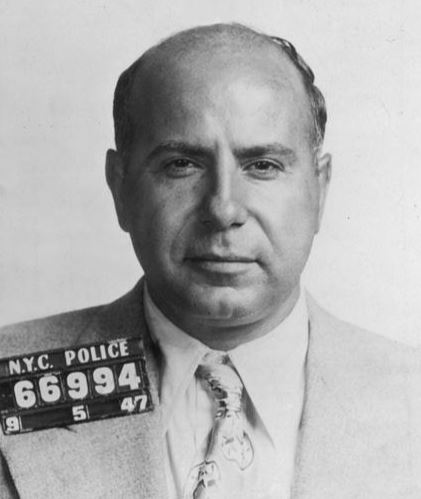
“Crazy” Joe Gallo: The Outlaw Poet’s Bloody End
Joe Gallo was unlike many of his contemporaries. He reveled not only in violence but also in the performance of it. He cultivated an image as a rebel, an outlaw poet who saw himself as more than just a gangster. But his nickname—“Crazy Joe”—was well earned.
Gallo’s rhetoric was brash, flamboyant, and often suicidal. He had no problem mocking rivals, declaring himself the future of the mob, and bringing chaos wherever he went. Violence was his calling card, his way of carving a reputation into the underworld.
But it was also his downfall. On his 43rd birthday in 1972, Gallo was celebrating at Umberto’s Clam House in Little Italy. He was out with friends, laughing, drinking, and enjoying his new life outside of prison. Then came the eruption of gunfire.
Gunmen rushed in, and bullets flew across the cramped restaurant. Gallo stumbled into the street, blood pouring from his body, before collapsing on the pavement. He died there, surrounded by chaos and disbelief.
His death was a brutal reminder that bravado and rhetoric only hasten the inevitable. The mob is not a stage for poets—it is a graveyard for the arrogant.
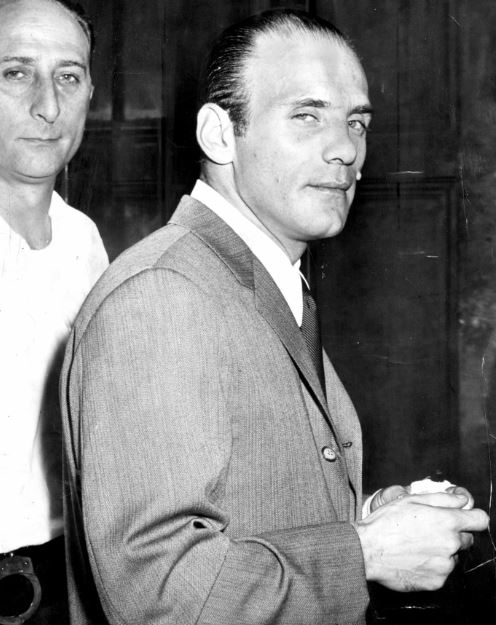
Roy DeMeo: The Butcher Carved Up
Few mobsters exemplify brutality as purely as Roy DeMeo. A member of the Gambino crime family, DeMeo ran one of the most feared hit squads in mob history. He perfected what became known as the “Gemini Method,” a coldly efficient system of dismembering victims to ensure their bodies were never found.
DeMeo and his crew were suspected of murdering hundreds. He lived by a code of bloodlust, teaching his men that violence wasn’t just necessary but exhilarating. His rhetoric glorified cruelty, and his reputation grew as the underworld’s butcher.
But even a butcher can be slaughtered. In January 1983, DeMeo’s own men turned on him. His body was found in the trunk of his car, riddled with bullets. The man who had stuffed countless corpses into trunks now ended up in one himself.
It was poetic in its horror. DeMeo’s death was not just violent but symbolic—he became the very kind of victim he had spent his career creating.
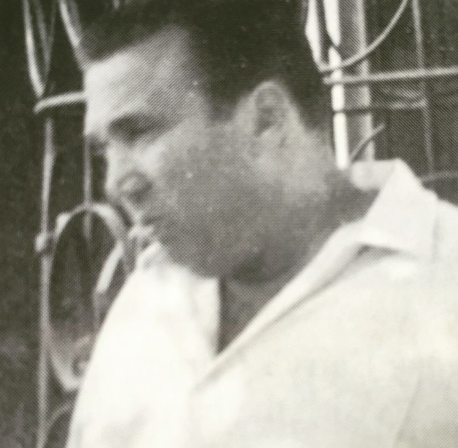
The Echo of Violence
These stories are not isolated episodes of mob history. They are echoes of a larger truth. Violence, when wielded as power, is never sustainable. It devours its own architects. The rhetoric of intimidation, the celebration of cruelty, the conviction that fear is strength—all of it eventually circles back like a vulture to feed on the men who believe themselves invincible.
The mobsters who swaggered through history thought their violence made them immortal. They ended up as cautionary tales, their deaths more famous than their lives. Frankie Yale’s body in a bullet-riddled car. Albert Anastasia swinging blindly at a mirror. Carmine Galante’s corpse slumped over a lunch table, cigar still clenched in his teeth. Crazy Joe Gallo collapsing in the street on his birthday. Roy DeMeo, the butcher, reduced to just another trunk murder.
Each believed in the code of violence. Each was betrayed by it.
Lessons for the Present
History doesn’t just live in books about the mob—it bleeds into the present. Violence is not limited to bullets in Brooklyn or backroom vendettas. Rhetoric can be as sharp as a blade, words as deadly as a gun. When speech glorifies hatred, division, or cruelty, it draws violence closer.
Those who thrive on stirring rage, who mistake fear for respect, often walk a narrow edge. And as history has shown time and again, the end of that road is rarely peaceful. It is not uncommon for those who glorify violence—whether in action or in words—to meet their end by the very forces they unleash.
The lesson is as simple as it is brutal: live by violence, die by violence.

